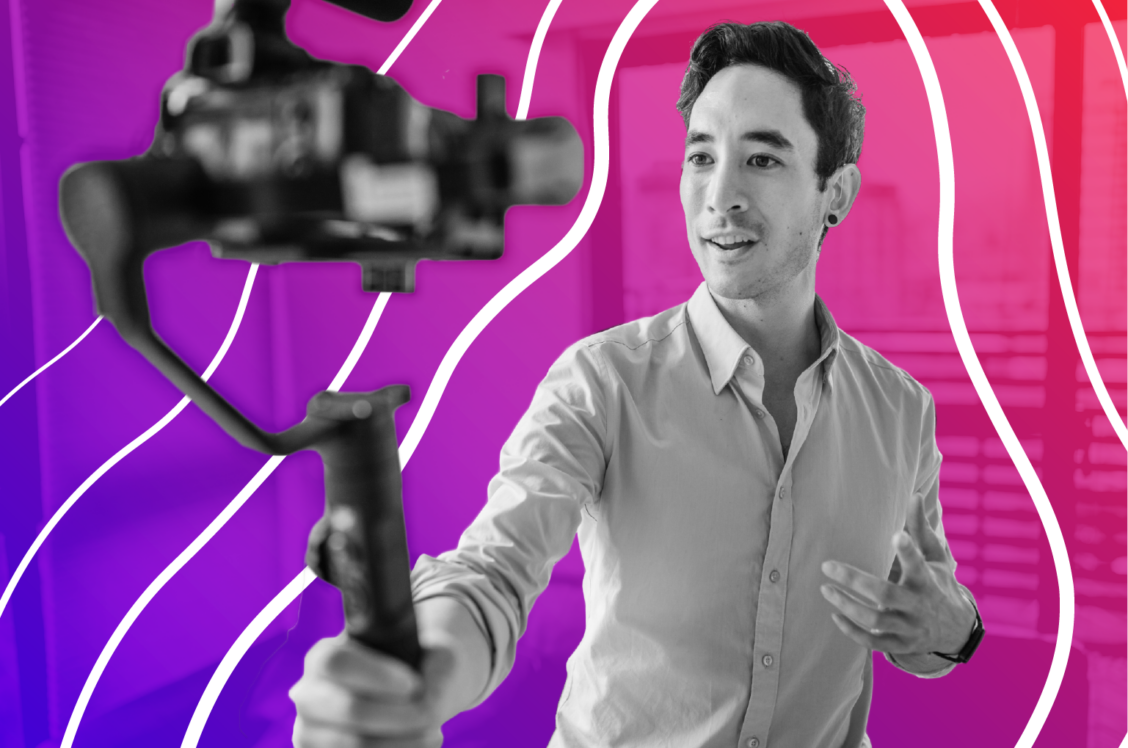
Marketers of all sizes are incorporating influencer marketing as a core part of their media mix. Brands love the creativity and high consumer engagement rates that they see on the content that results from their influencer and creator partnerships and are continuing to increase their spend.
US marketers will spend roughly $5 billion on influencer marketing in 2022. That’s over $1 billion more than marketers spent in 2021. Growth is also higher than eMarketer previously anticipated, driven by increased spending by businesses that already use influencer marketing, as well as new marketers leaning in. In 2022, 74.5% of US marketers from companies with over 100 employees will work with influencers.1
How are creators and influencers currently earning income?
Creators on YouTube, TikTok, Instagram, and Snapchat monetize their content through brand advertising. Brands can partner directly with influencers to create custom content for a fixed fee or creators can monetize their content through revenue-share agreements with social and video platforms. These revenue share agreements enable the creators to keep a portion (40-55%) of the revenue that the platforms earn for selling advertising that runs during their video content. The revenue share model originated with YouTube but is currently available on video content found on TikTok, Instagram, and Snapchat.
Sponsored posts
Sponsored posts are the cornerstone of modern influencer marketing. Sponsored posts are the dedicated pieces of custom content created when brands team up with influencers. This content can be still photos, stories, or videos. Often brands will provide the influencer with a messaging brief that includes key talking points. From there, the creator will draft a written concept of the post(s) they would like to create for the brand and they solicit their approval to begin production. After the influencer creates the content and posts it to their feed, the brand sponsorship tag is added to ensure FTC compliance. You can tell which posts are sponsored posts by looking for the “sponsored” “in partnership with” language on the post.
Advertising
Influencers can also monetize their content through more typical advertising tactics as well. Influencers on YouTube, Instagram, TikTok, and Snapchat can monetize their content through a revenue share agreement with the platforms. When brand ads run in native units on the creator’s content, the platform will share the advertising revenue that they were able to generate. The platforms have varying revenue splits, but the most current estimates are: 55% for Instagram Reels, 50% for TikTok Videos, 55% for YouTube Videos, and 45% for YouTube Shorts. Snapchat has a more custom formula to calculate the revenue share based on views and engagements.
While all platforms offer revenue share with their native ad units, YouTube has a unique position in the marketplace and they also offer additional advertising opportunities. They offer the ability to embed branded mentions or links within YouTube video content as well. The chart below breaks down the use of the various ways brands pay for influencer content on YouTube.
Selling products or services
Most influencers are entrepreneurs at heart and are always looking for ways to expand their revenue streams. Some influencers even decided to start their own brands. Here is a list of the Top 100 Brands created by influencers. 40% of all influencers-created brands fall into the beauty category and 23% are fashion brands.2
Affiliate marketing
Another source of revenue for influencers is to become part of affiliate marketing programs that allows them to earn commission when they help sell products for brands, eCommerce platforms, and retailers. When influencers promote a specific brand or shopping destination as part of an affiliate program, they are provided a dedicated URL, promo code, or another method of attribution. When they generate an attributed sale, they are provided with a referral commission. Some examples of widely used influencer affiliate programs are below:
What should brands be doing to engage creators and influencers?
“2023 will be the year that brands begin to more formally solidify creator marketing best practices as it relates specifically to their brands or even individual products. There is a real opportunity for marketers to lean into past learnings and plot a successful future.”
Kurt Kaufer, Chief Growth Officer, Ad Results Media
Long-term Partnerships
Develop a long-term strategy with specific influencers to increase brand affiliation and endorsement.
Best-in-class Example – Hollister
Hollister kicked off its first class of the Hollister Collective, a long-term program with a group of more than a dozen up-and-coming Gen-Z TikTok creators, last June. Those in the collective, which wrapped up its first class at the end of February (2022), posted regular content to support marketing efforts, lead Instagram live shopping and story takeovers on the Hollister account as well as wrote and produced custom music to use on TikTok and in-store.3
Engage Incremental Audiences
On TikTok, there is reach potential like no other platform – you have the opportunity to generate viral campaigns, tap into an entirely new audience, and connect with niche communities.4
Best-in-class Example – Hinge
Take dating app Hinge’s influencer marketing strategy for example. They’ve partnered with several TikTok creators using the hashtag #hingepartners – which now has over 16.1M views. In their most recent influencer marketing campaign, Hinge partnered with a variety of TikTok creators and the results were off the charts – we’re talking viral video after viral video.4
Create Content on Multiple Platforms
YouTube, podcasts, and TikTok may seem like an unlikely power trio because they are such different mediums, but all three provide unique creative canvases that are perfect for creators to really connect with their audiences in different yet meaningful ways. TikTok with its maximum video limit being 10 minutes, YouTube with a maximum length of 12 hours for verified accounts, and podcasts having the ability to stretch over one hour per episode, they create an ecosystem that offers three unique aspects to the relationships these platforms have with each other, creators and users.
For more information on how to leverage Ad Results Media to help plan your next creator marketing efforts, contact us here.
Sources:
1eMarketer US Influencer Marketing Report


